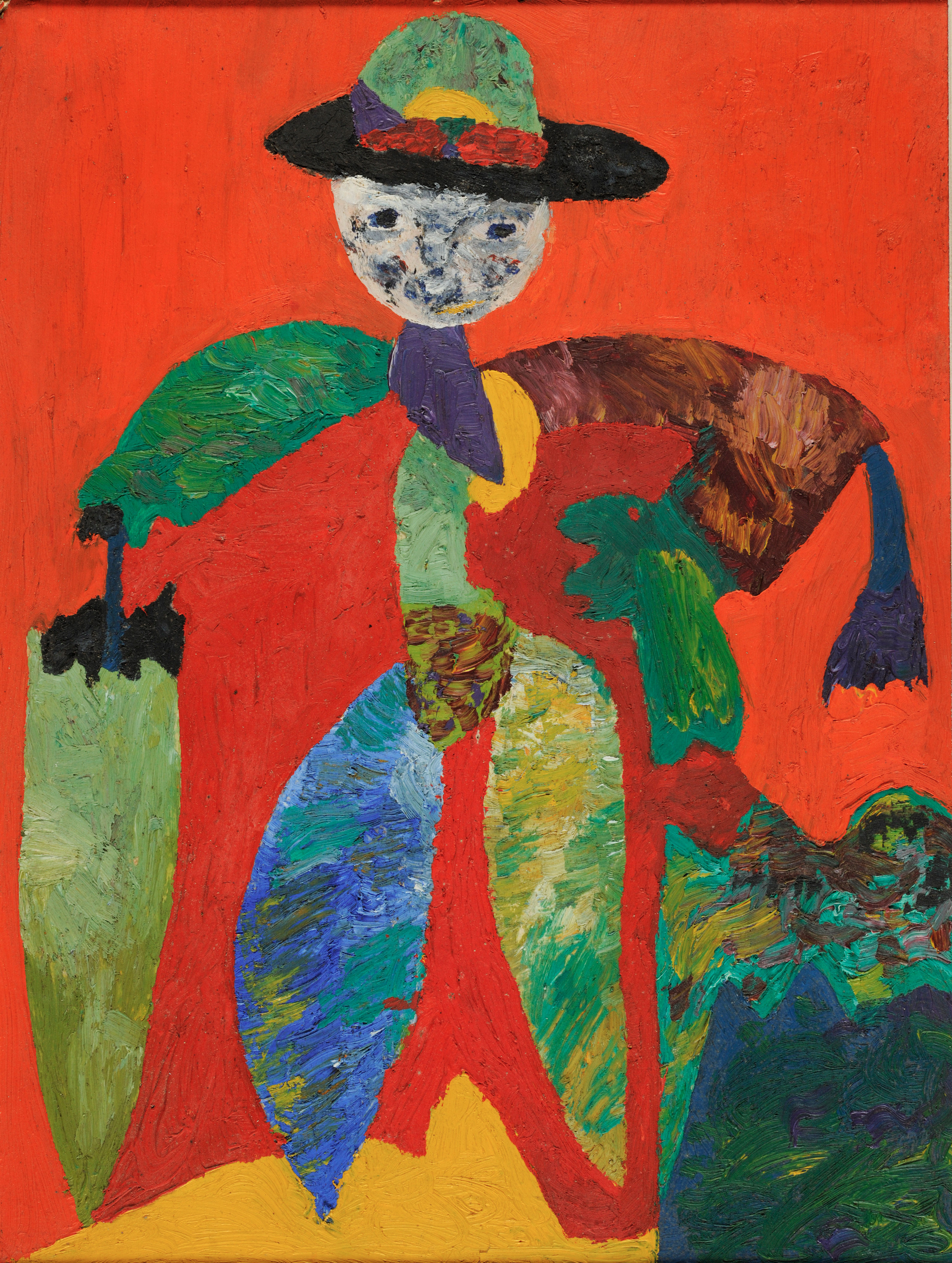Gaston Chaissac. State-of-the-art fetishes
Gaston Chaissac. State-of-the-art fetishes
Gaston Chaissac
State-of-the-art fetishes
‘I take nothing seriously, which is why I am able to produce such whimsical things.’ (letter to Michel Ragon, 1949)
Born in Avallon, Burgundy, Gaston Chaissac (1910–1964) discovered art in Paris in 1937 when he first met Jeanne Kosnick-Kloss and Otto Freundlich, who encouraged him to paint. His first solo exhibition was held at Galerie Gerbo, Paris, as early as 1938. During the war, he encountered some of the prominent figures from the art world – André Bloc in particular – at the home of Albert Gleizes in Saint-Rémy-de-Provence. Bloc provided him with support from afar. Chaissac laid the foundations of his artistic approach in the late 1930s. He arrived in Vix, in the Vendée area of Western France, at the end of 1942, and later followed his wife Camille, a school teacher in the secular state system, in her various postings in Boulogne, Sainte-Florence de l’Oie and back to Vix.
Within his own immediate entourage – his ‘visual field’ – Gaston Chaissac came across the quite ordinary individuals and materials that he metamorphosed into artistic motifs. In his ‘Chronicles of the Goose’ (a play on the name ‘Sainte-Florence-de-l’Oie’, the village where he lived, ‘l’oie’ also being French for ‘goose’), he recounted the host of trivial events and encounters that punctuated his daily life. As the inventor of ‘modern rustic painting’, he made the paths, woods, construction sites and landfill areas of Vendée his playgrounds, where he collected a wide array of paraphernalia, everyday objects and used items, which he transformed through his exceptionally skilful use of colour.
This new exhibition, staged to mark the museum’s sixtieth anniversary, draws on the MASC collections, which now boast more than 300 of the artist’s works, some of which are on show for the first time. Taking a thematic approach that brings together both words and objects, it aims to highlight Gaston Chaissac’s extreme inventiveness. For Chaissac was an artist who captured what eluded those around him, managing to transform the most mundane themes and materials into ‘state-of-the-art fetishes’, dandies, masks, totems and other ‘absurdities’ and ‘lucky finds’. His ‘sham realities’, which flouted set ideas, helped to breathe new life into the artistic idiom of the post-war era by embracing whimsy and spontaneity.